Today, the billion-dollar fashion industry is the second most polluting industry on the planet, and a major contributor to fashion pollution is ‘fast-fashion’. Fast fashion refers to easily consumed and disposable fashion, that is produced and priced at extremely low rates and does not last for longer than a season.
#Fashion is the world’s second most polluting industry.http://t.co/UFMSh7hJXb #detox#pollution#anthropocene pic.twitter.com/DriRMH02CP
— Greenpeace (@Greenpeace) August 20, 2015
Today, there is a global annual production of 150 billion new articles of clothing. Most of that clothing is produced unethically, transported using coal-based machinery, and disposed off with little to no efforts made to be environmentally conscious.
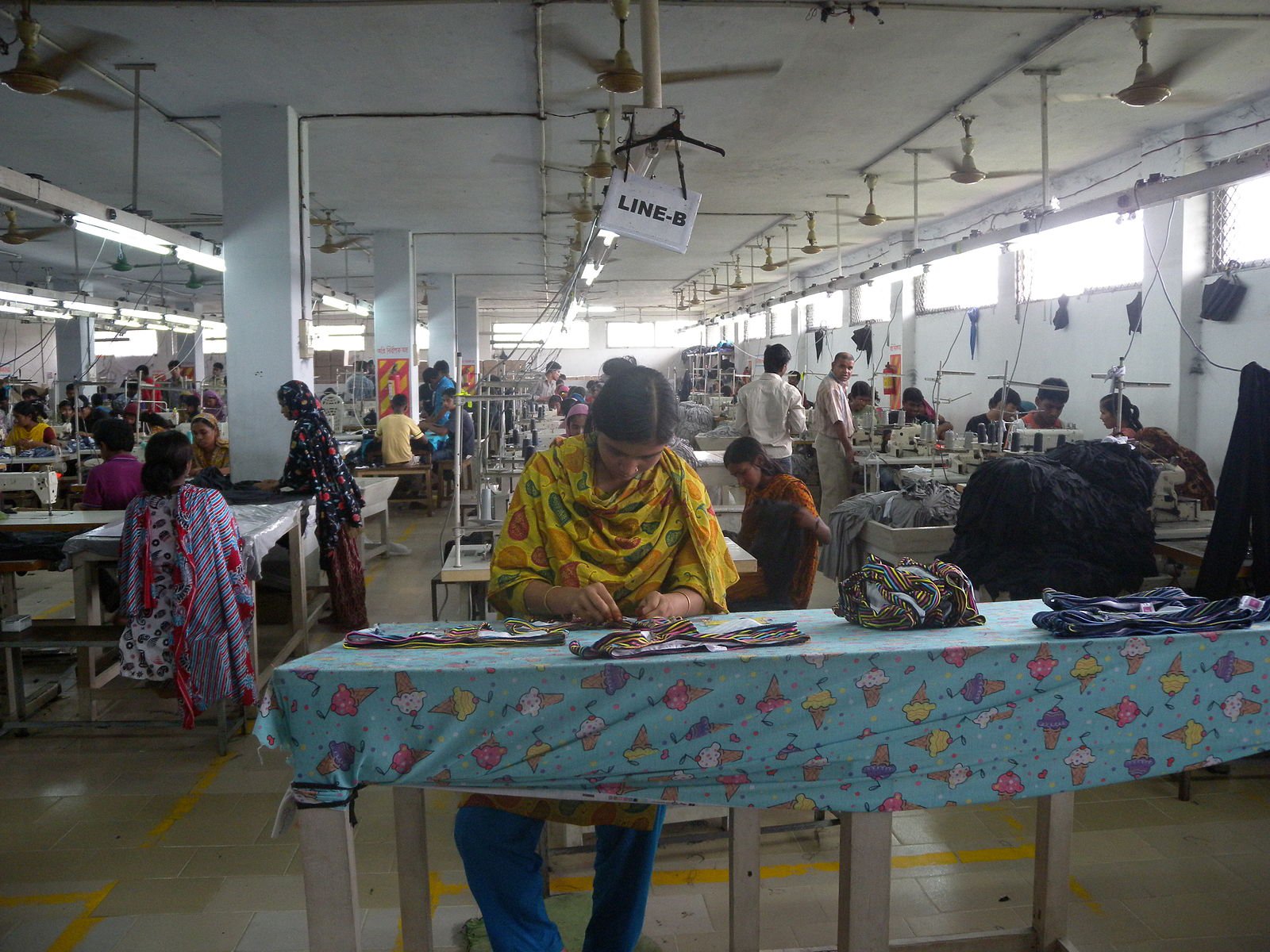
Here are some facts that will help you realize how exactly ‘fast fashion’ is ruining the planet we call home:
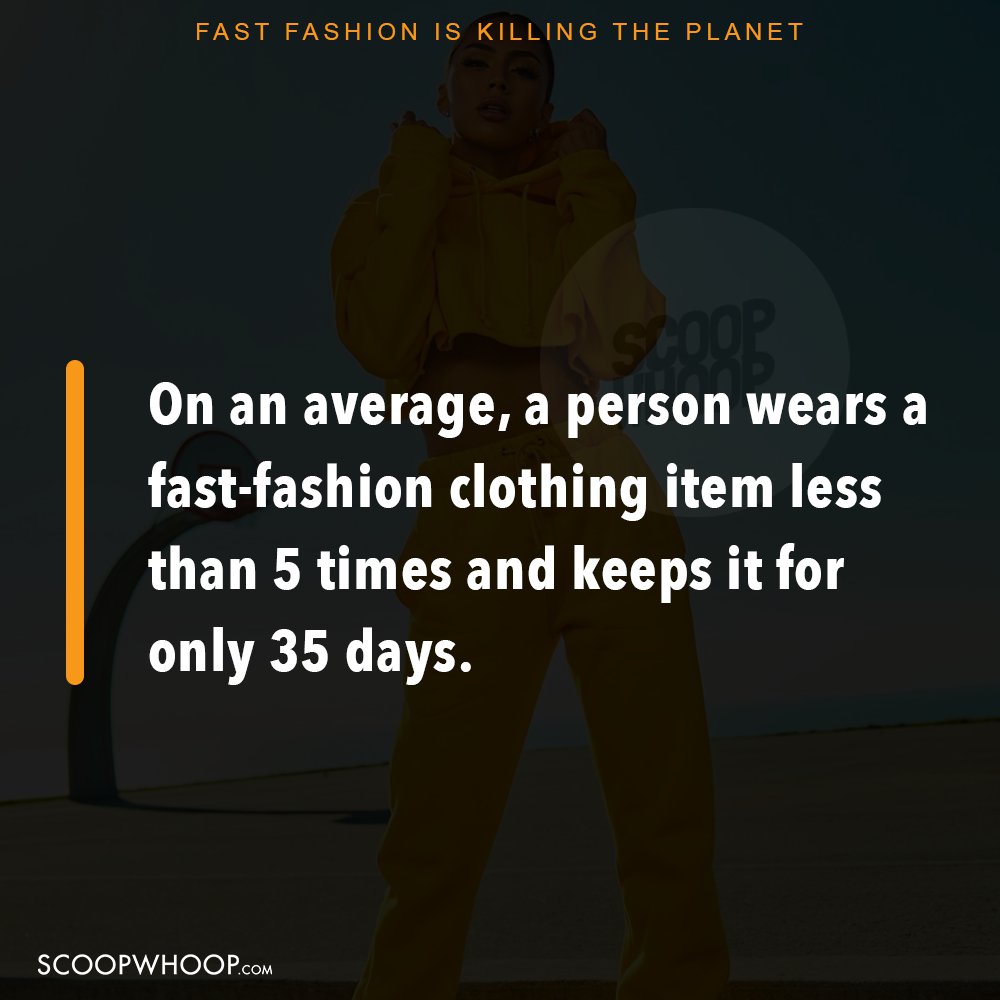
Compared to garments worn 50 times and kept for a full year, such fast-moving fashion produces 400% more carbon emissions per item per year.
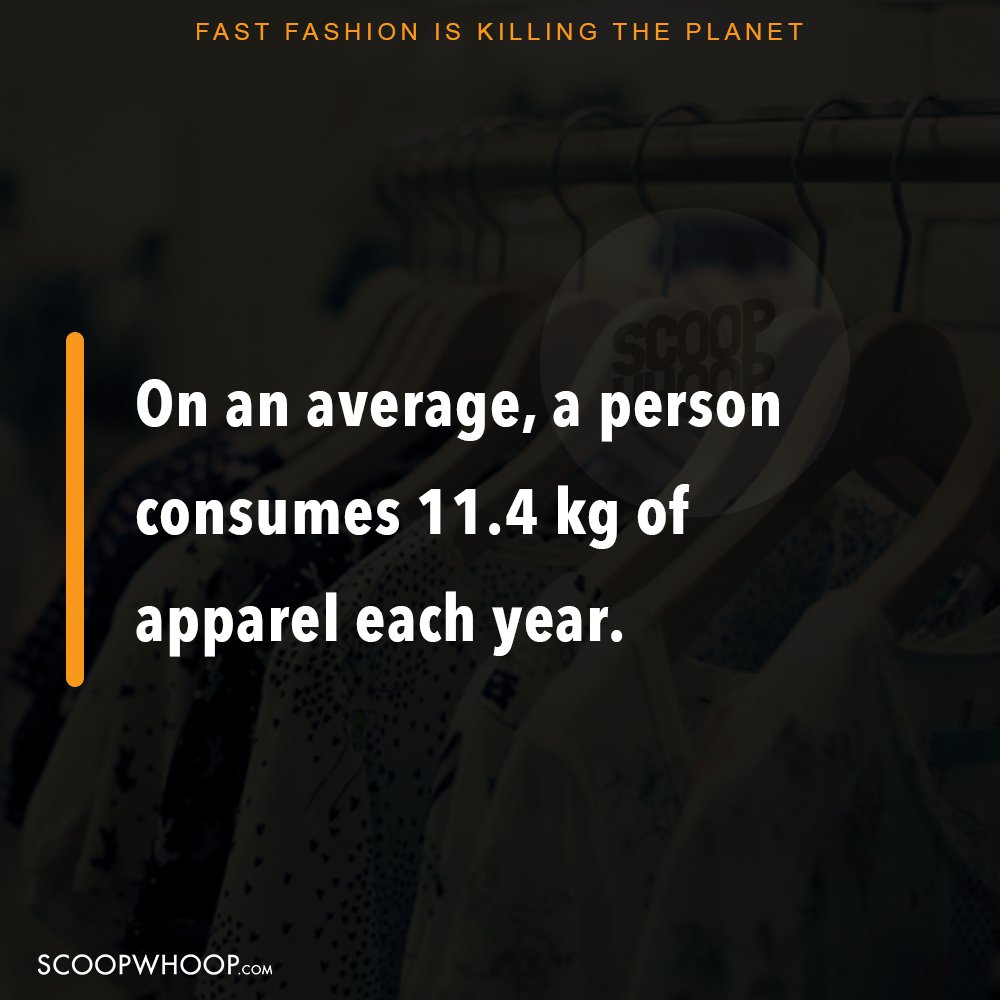
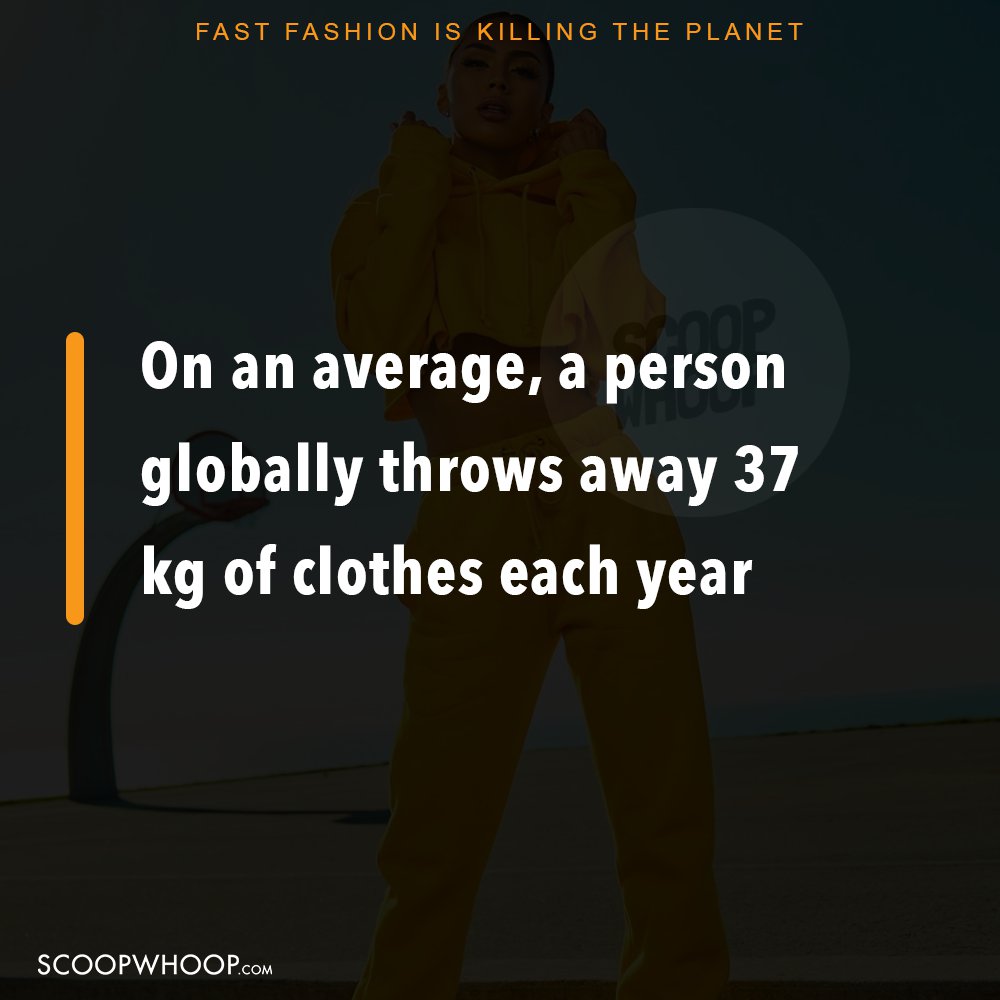
This is especially concerning when we take into account the fact that as compared to two decades ago, we purchase 400% more clothing per year.
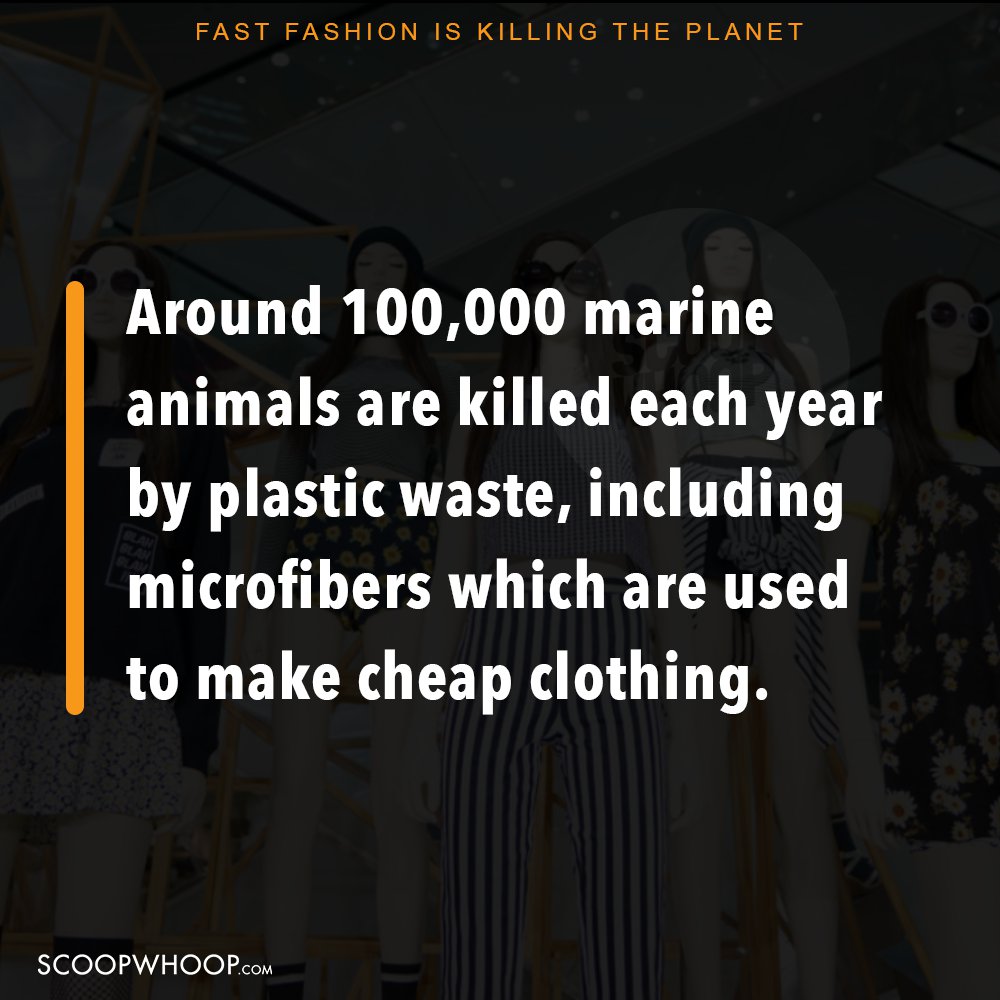
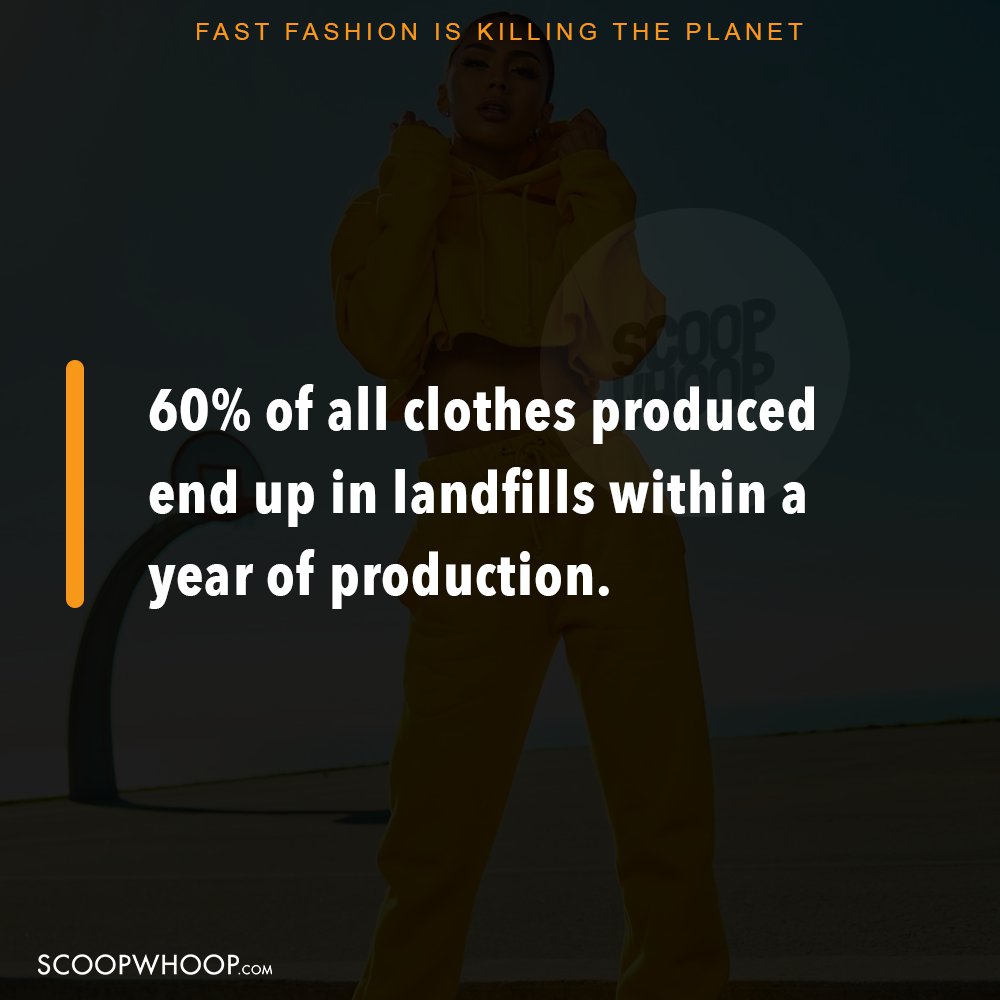
The fast-fashion industry also leads to increased use of micro-plastics. Micro-plastics are plastic fragments less than 5mm in length, that enter the environment through various sources and because of plastic’s slow degradation process pose a great threat to natural organisms who may ingest them.
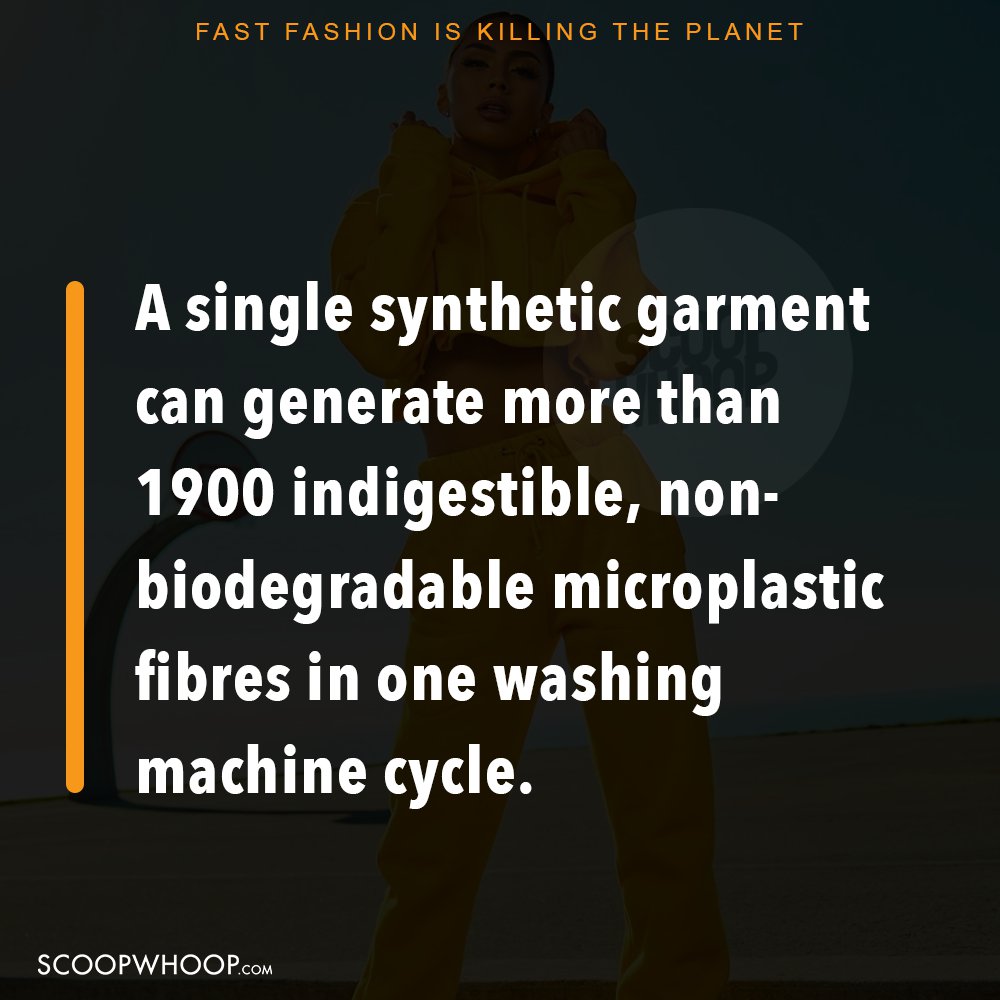
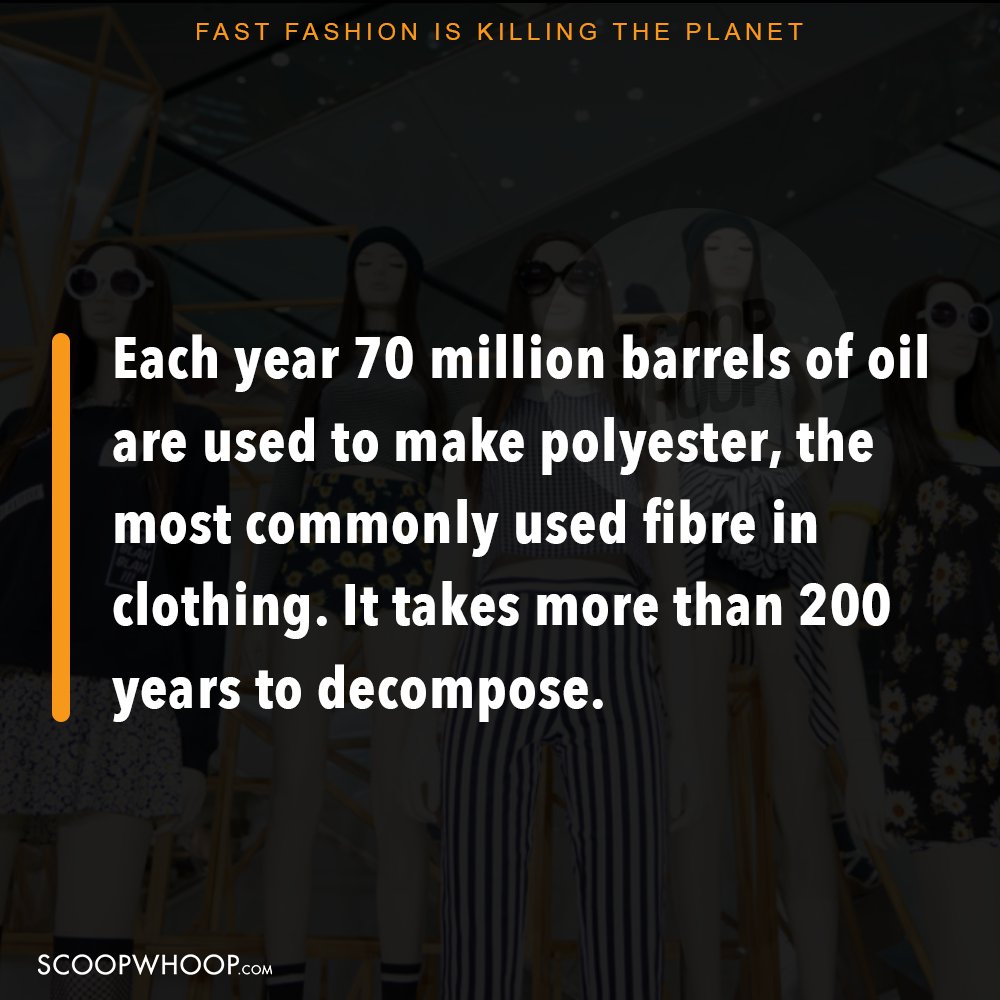
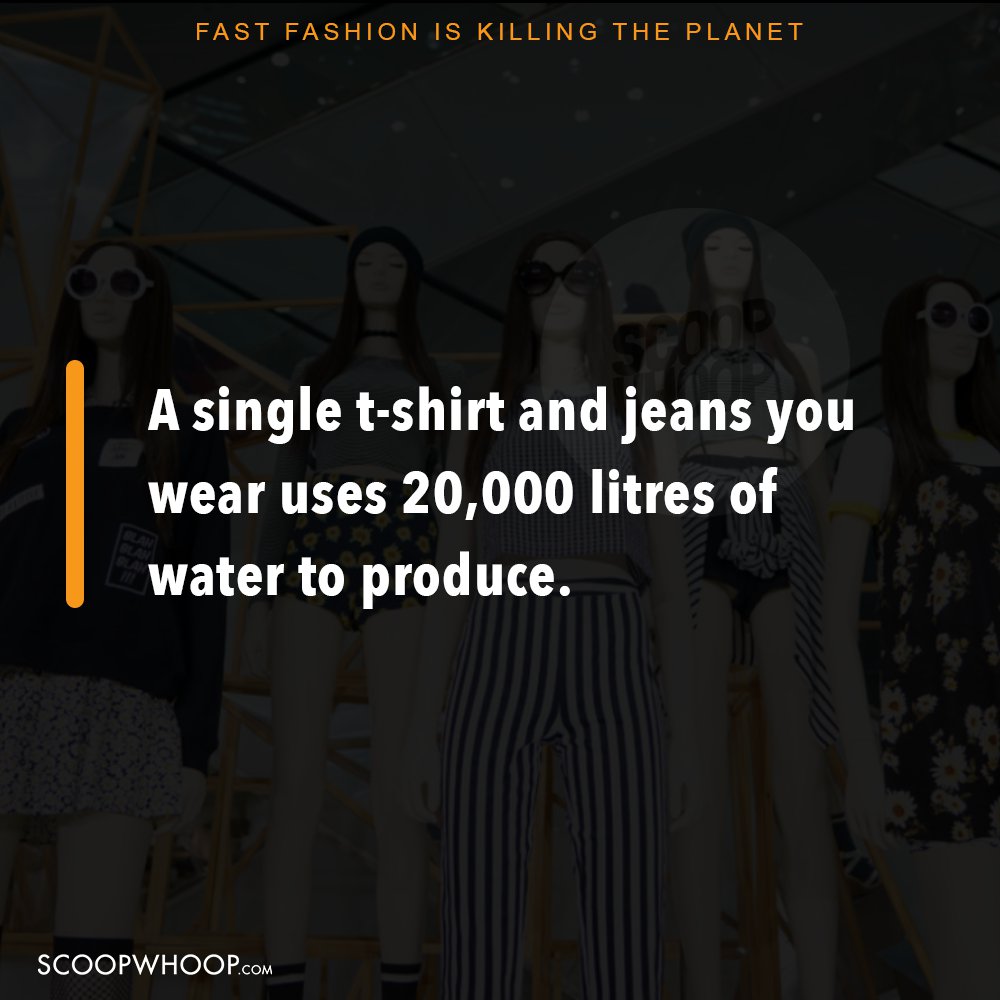
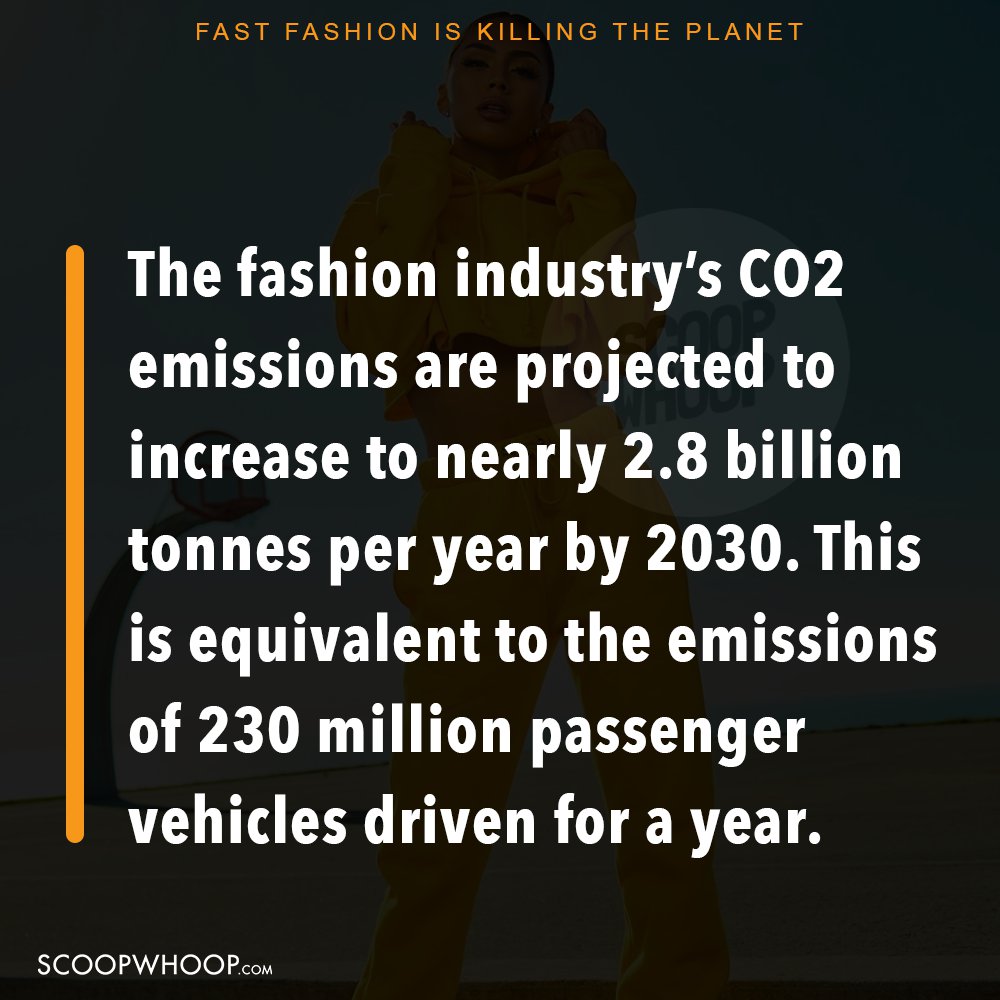
150 billion-plus articles of clothing are produced each year through countries where that still use coal power for production. And that’s why the apparel industry is responsible for 10% of all carbon emissions globally.
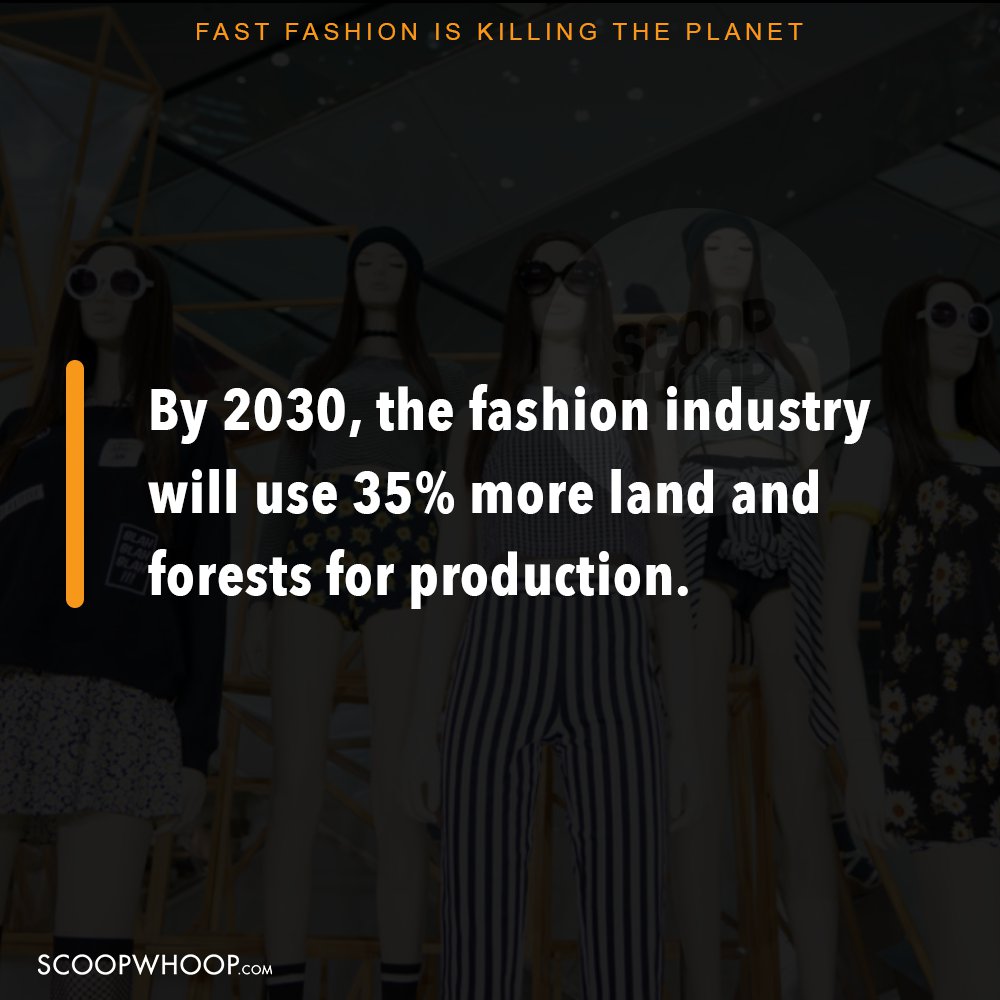
In fact, the fashion industry is one of the biggest consumers of non-renewable resources.
It is important to remember that in a bid to aesthetically please our senses we don’t contribute to a culture that is harming both, our present and our future. Sustainable fashion can’t just be a ‘charity project’ or a change from the norm. It has to be something we consciously look forward to. It has to be the norm.
Design credits: Saloni Priya

















